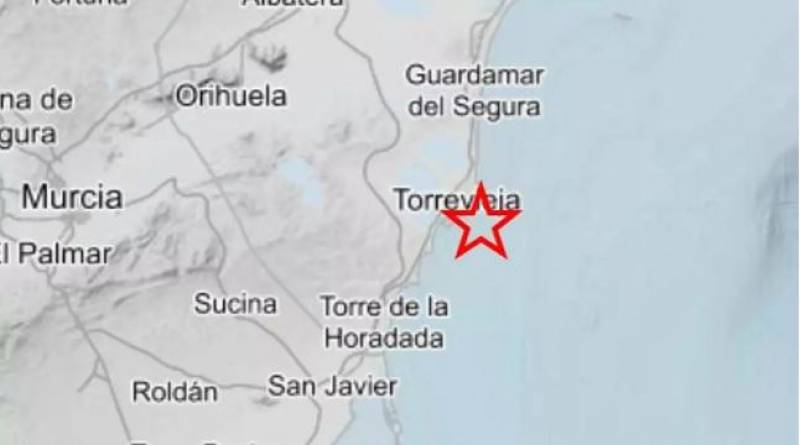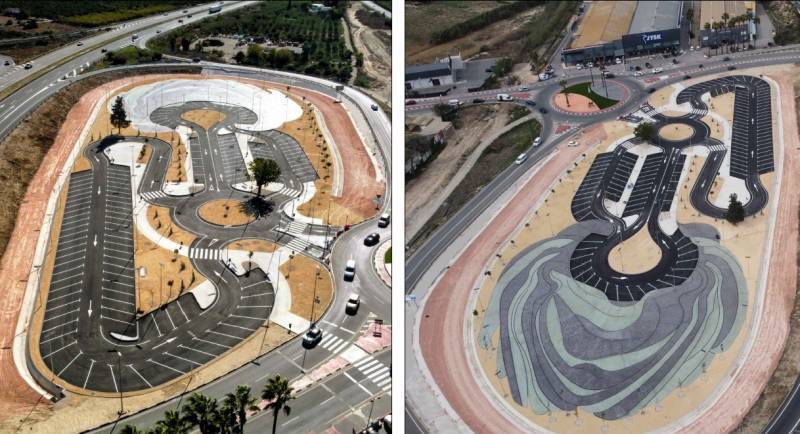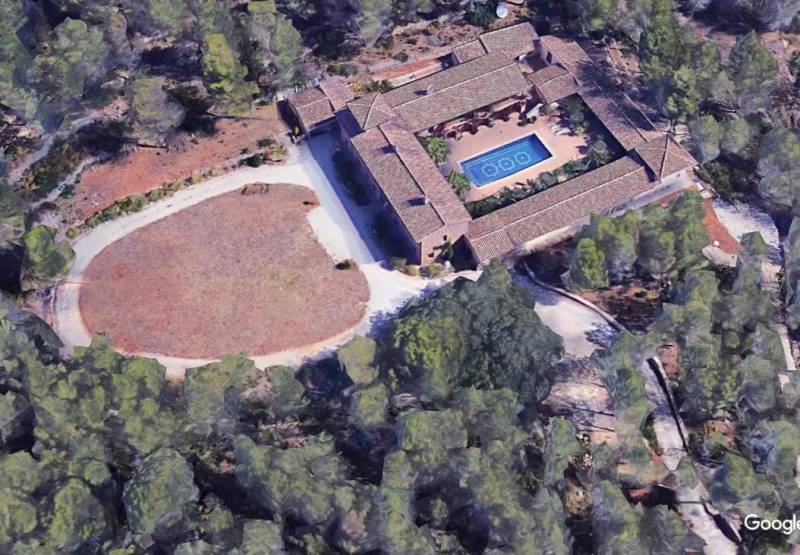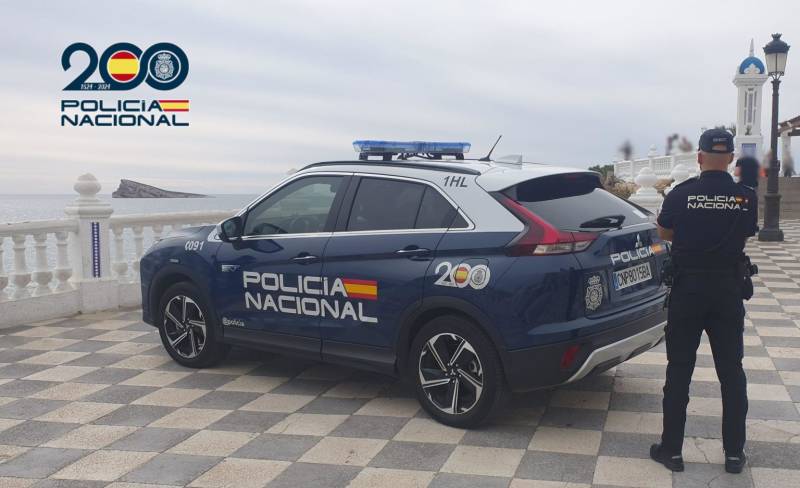- Region
- Vega baja
- Marina Alta
- Marina Baixa
- Alicante
- Baix Vinalopo
- Alto & Mitja Vinalopo
-
ALL TOWNS
- ALICANTE TOWNS
- Albatera
- Alfaz Del Pi
- Alicante City
- Alcoy
- Almoradi
- Benitatxell
- Bigastro
- Benferri
- Benidorm
- Calosa de Segura
- Calpe
- Catral
- Costa Blanca
- Cox
- Daya Vieja
- Denia
- Elche
- Elda
- Granja de Rocamora
- Guardamar del Segura
- Jacarilla
- Los Montesinos
- Orihuela
- Pedreguer
- Pilar de Horadada
- Playa Flamenca
- Quesada
- Rafal
- Redovan
- Rojales
- San Isidro
- Torrevieja
- Comunidad Valenciana
article_detail
Date Published: 15/04/2025
Orihuela Costa residents shaken awake by earthquake
Although considered minor at 2.8 magnitude, many people living in the Vega Baja region of Alicante felt the tremor

A magnitude 2.8 earthquake shook the entire coast of the Vega Baja region of Alicante during the early hours of Tuesday April 15. The tremor occurred at 12.23am and although considered minor, many residents reported being jolted awake by the quake.
The earthquake’s epicentre was in the sea off the coast of Torrevieja but it had a very shallow depth of just 2 kilometres, which may explain why its shockwaves were felt by so many.
Orihuela Costa and the wider Costa Blanca area is buzzing with Easter tourists so the National Geographic Institute (IGN) was flooded with concerned calls from the likes of Guardamar del Segura, San Fulgencio, Rojales, San Miguel de Salinas, Los Montesinos and Pilar de la Horadada.
On the European macroseismic scale, which rates the intensity of earthquakes from I to XII, according to the assessment of their effects on people and objects, the tremor was felt, according to the questionnaires sent by citizens to the National Geographic Institute, between II and IV.
The IV describes the earthquake as being felt inside buildings "by many, and only by very few outside. Some people wake up, and the vibration level is moderate and not alarming," while objects like "dishes, glassware, windows, and doors are rattled, and hanging items are swaying," with no damage caused.
Dozens of micro-earthquakes occur regularly throughout the year in the southernmost part of the province of Alicante. Those exceeding magnitude 2 are usually felt by the population. This seismic risk in the Vega Baja was incorporated into building regulations in the early 2000s and must be considered in approved construction projects.
The region, along with the province of Granada, is one of the areas with the highest seismic risk on the Iberian Peninsula. The long seismic history of the 19th century in the Bajo Segura region resulted in several major earthquakes, such as the one in 1802 that severely affected the Salt Mines of La Mata, leading to their relocation to the then-emerging town of Torrevieja.
The best known, however, is the so-called seismic swarm of 1829, which consisted of a long succession of earthquakes, the most devastating of which was that of March 21. It caused hundreds of fatalities in Torrevieja, Guardamar, Benejúzar, Orihuela and Almoradí, among other municipalities in the Bajo Segura region. Some of these towns had to be completely rebuilt from scratch.
Even today, towns like Almoradí and Catral commemorate the date of that regional catastrophe. In Almoradí, a museum dedicated to the earthquake and seismic risk has recently opened.
Image: IGN
staff.inc.ali
Loading
Sign up for the Spanish News Today Editors Roundup Weekly Bulletin and get an email with all the week’s news straight to your inbox
Special offer: Subscribe now for 25% off (36.95 euros for 48 Bulletins)
OR
you can sign up to our FREE weekly roundup!
Read some of our recent bulletins:
Discount Special Offer subscription:
36.95€ for 48 Editor’s Weekly News Roundup bulletins!
Please CLICK THE BUTTON to subscribe.
(List price 3 months 12 Bulletins)
Read more stories from around Spain:
Contact Murcia Today: Editorial 000 000 000 /
Office 000 000 000
































